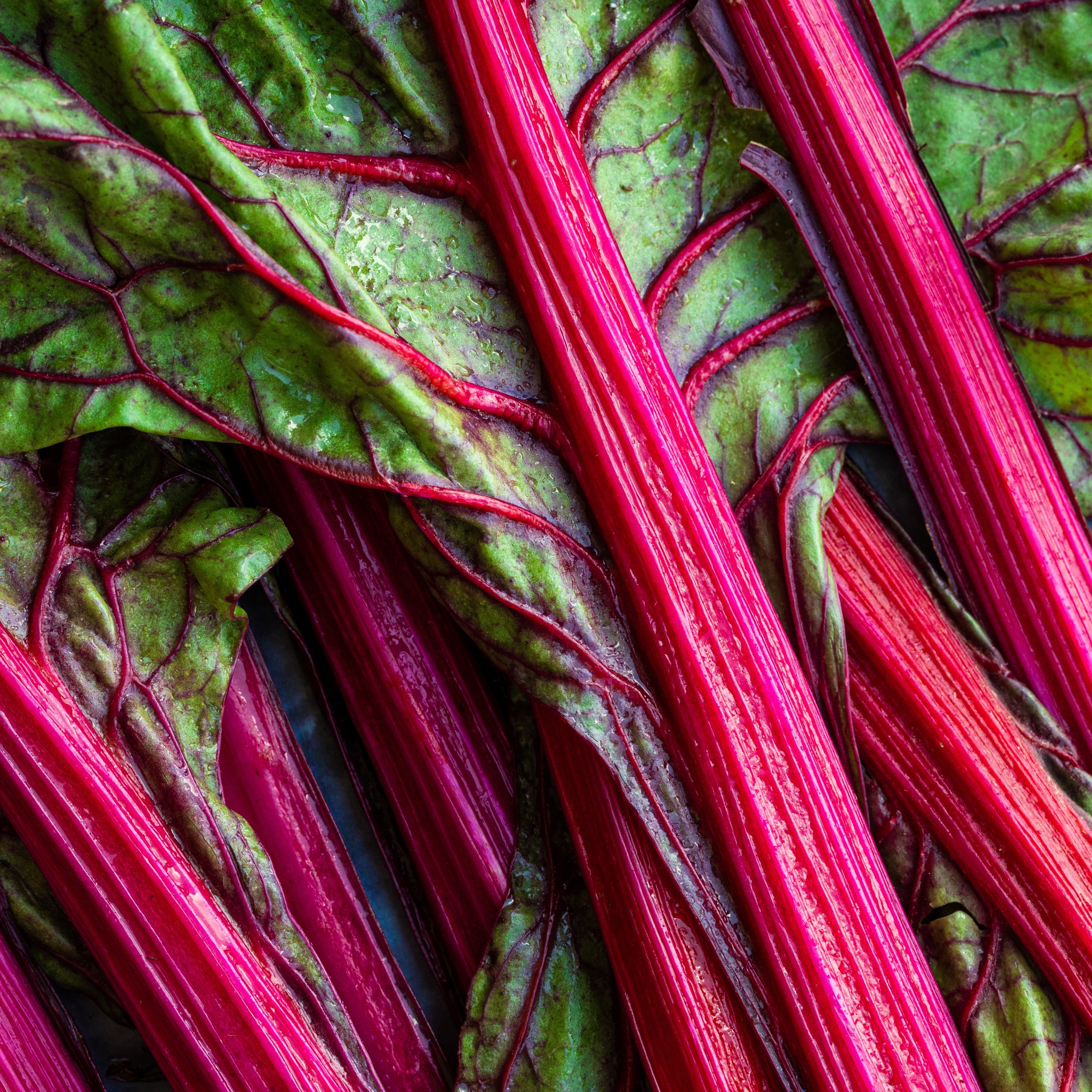
Introduction
Rhubarb is a hardy and versatile perennial vegetable that can be grown successfully in the United Kingdom. With its tangy flavor and vibrant stalks, growing rhubarb in your garden can be a rewarding experience. In this comprehensive guide, we will walk you through the process of growing rhubarb, from selecting the right variety to providing the necessary care for a bountiful harvest. Let's get started!
Choosing the Right Variety
When it comes to rhubarb, there are several varieties suitable for the UK climate. Here are some popular choices:
- 'Victoria': A popular variety known for its heavy yields and bright red stalks.
- 'Timperley Early': This variety produces tender and succulent stalks, perfect for early harvesting.
- 'Stockbridge Arrow': An outstanding variety that offers large, red stalks with a sweet flavor.
- 'Champagne': This variety has vibrant pink stalks and a delicate taste.
Planting
Rhubarb is typically grown from crowns or divisions. Follow these steps to plant your rhubarb:
- Choosing a location: Select a sunny or partially shaded spot in your garden with well-drained soil.
- Preparing the soil: Dig a hole that is wide and deep enough to accommodate the rhubarb crown. Amend the soil with compost or well-rotted manure to improve fertility and drainage.
- Planting the crown: Place the rhubarb crown in the hole, ensuring that the buds are facing upwards. Position the crown so that the top is just above the soil level.
- Backfilling and watering: Fill the hole with soil and firm it gently around the crown. Water the plant thoroughly to settle the soil.
Growing
To ensure healthy growth and a bountiful harvest of rhubarb, consider the following tips:
- Sunlight: Rhubarb plants thrive in full sun to partial shade. Aim to provide them with at least 6 hours of direct sunlight each day.
- Watering: Keep the soil consistently moist, especially during dry spells. Rhubarb requires regular watering, but avoid overwatering to prevent root rot.
- Soil conditions: Rhubarb prefers well-drained soil that is rich in organic matter. Mulching around the plants can help retain soil moisture and suppress weeds.
- Fertilizing: Apply a balanced fertilizer or side-dress with compost or well-rotted manure in early spring and after harvest to provide additional nutrients.
- Harvesting: Rhubarb stalks can be harvested when they reach a length of about 10-12 inches. Hold the stalk close to the base and pull it gently to detach it from the crown. Avoid removing more than one-third of the stalks at a time to allow the plant to continue growing.
Conclusion
Growing rhubarb in the United Kingdom allows you to enjoy the tangy flavor and vibrant stalks of this versatile vegetable. By choosing the right variety, providing proper care, and addressing common challenges, you can cultivate healthy rhubarb plants that add a delightful tartness to your culinary creations. Whether you use them in pies, jams, or sauces, homegrown rhubarb will surely enhance your culinary experiences. Happy rhubarb growing!